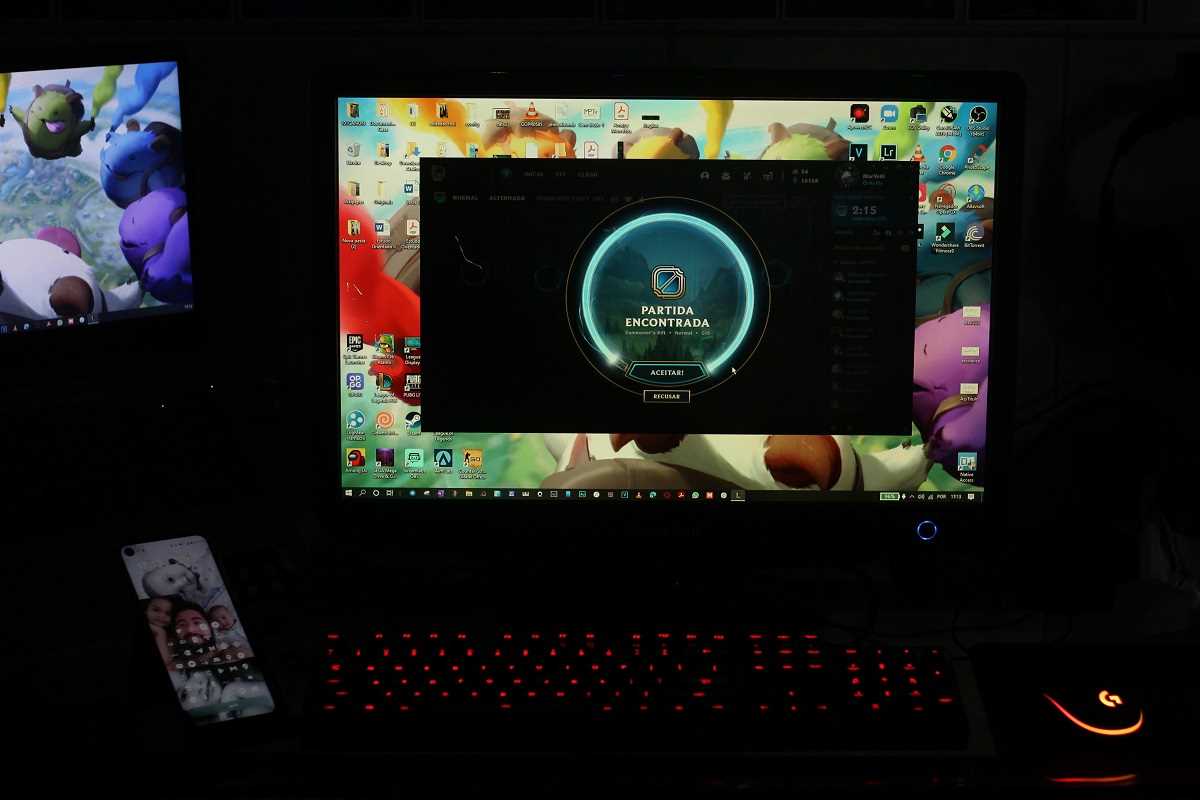Your star employee is suddenly quiet. Their once-booming productivity has leveled off. They are a top performer, but something has changed. They may be on their way out the door, and the impact could be devastating.
Losing a top performer costs more than just a salary. The price of replacement can be up to 213% of their annual pay due to lost productivity and hiring expenses. Leaders must spot the warning signs before a "for sale" sign goes up on their star talent's desk. This guide shows you how to identify a flight risk and what to do about it.
The Warning Signs of a Departing Star
Top performers rarely announce their job search. Instead, they leave a trail of subtle clues. A shift in behavior is your biggest red flag. Your mission is to notice it before it's too late.
1. A Drop in Engagement
This is the most common signal. The employee who once led discussions now sits silently in meetings. They stop volunteering for new projects or contributing creative ideas.
- What to look for: Decreased participation in team activities, less proactive communication, and a general withdrawal from the social fabric of the office.
- The impact: Their silence creates a vacuum. Other team members may follow their lead, pulling back their own engagement.
2. Changes in Work Patterns
A top performer's output might not drop, but its nature changes. They may stick to their core duties and stop going the extra mile. The passion is gone.
- What to look for: A sudden 9-to-5 mentality, an increase in personal appointments during work hours, or using more paid time off than usual.
- The impact: Projects lose momentum without their discretionary effort. Innovation stalls.
3. A Shift in Attitude
A once-positive team player becomes more critical or cynical. They may complain more about company policies, leadership decisions, or their own workload. This negativity is often a symptom of deeper dissatisfaction.
- What to look for: Increased complaints, a more pessimistic outlook, or less collaboration with teammates.
- The impact: Their negative attitude can be contagious, damaging team morale and creating a toxic undercurrent.
Proactive Strategies to Retain Top Talent
Once you spot the signs, you must act. Waiting for them to bring you a competing offer is a losing game. The key is to move from a reactive to a proactive retention strategy.
Conduct "Stay" Interviews
Don't wait for the exit interview to find out what went wrong. A stay interview is a structured conversation to understand what keeps your best employees happy—and what might make them leave.
- How to do it: Schedule a one-on-one meeting with the specific goal of discussing their job satisfaction. Ask powerful questions like:
- "What do you look forward to when you come to work each day?"
- "What do you like most—and least—about your role?"
- "What would make your job more engaging?"
- "What could make you consider leaving?"
- The goal: Listen more than you talk. Your objective is to gather intelligence on their motivators and frustrations. Then, you must act on what you learn.
Offer Meaningful Growth Opportunities
Top performers are driven by challenge and growth. A dead-end job is a departure ramp. If they can't grow with you, they will grow with someone else. A recent study shows that a lack of career development opportunities is a top reason people quit their jobs.
- What to offer:
- New challenges: Give them ownership of a high-impact project.
- Skill development: Invest in certifications, courses, or conferences that align with their career goals.
- Mentorship: Pair them with a senior leader who can guide their professional journey.
- The takeaway: Growth isn't just about promotions. It's about building new skills and taking on more responsibility.
Address Concerns Head-On
If a top performer is unhappy, there's a reason. It could be compensation, work-life balance, or a conflict with a team member. Your job is to find out what it is and fix it if you can.
- Scenario: Your star developer seems frustrated. During a stay interview, you learn they feel their salary has fallen behind the market rate.
- Action: Don't dismiss their concern. Conduct a market analysis. If they are underpaid, adjust their compensation. If not, be transparent and explain the data. Show them a path to higher earnings through performance.
- The principle: Showing you take their concerns seriously builds immense loyalty, even if you can't grant every request.
Create an Environment Where Stars Want to Stay
The best retention strategy is a culture that values its people. Preventing flight risks is an ongoing effort, not a one-time fix.
- Recognize and Reward Contributions: Top performers need to feel seen. Tie their work directly to company success and acknowledge their impact publicly and privately. Specific, timely recognition is a powerful motivator.
- Empower with Autonomy: Trust your best people. Micromanagement is a poison to high achievers. Give them clear goals and the freedom to decide how to reach them. This ownership fosters a deep sense of commitment.
- Promote Work-Life Balance: Burnout is a primary driver of turnover. A culture that respects personal time and encourages employees to disconnect is a magnet for top talent. Lead by example by taking your own vacations and logging off at a reasonable hour.
 (Image via
(Image via




.jpg)
